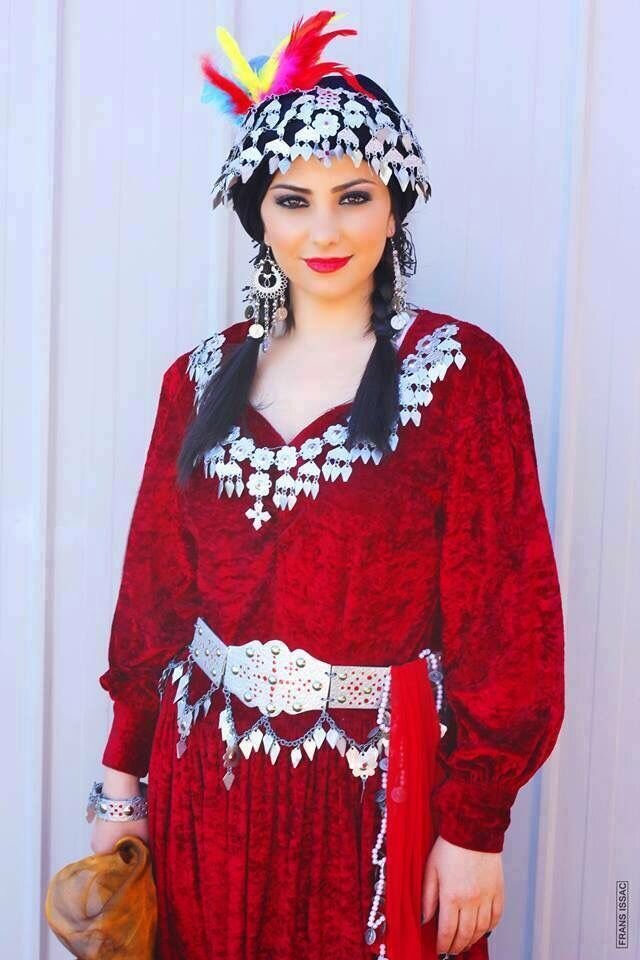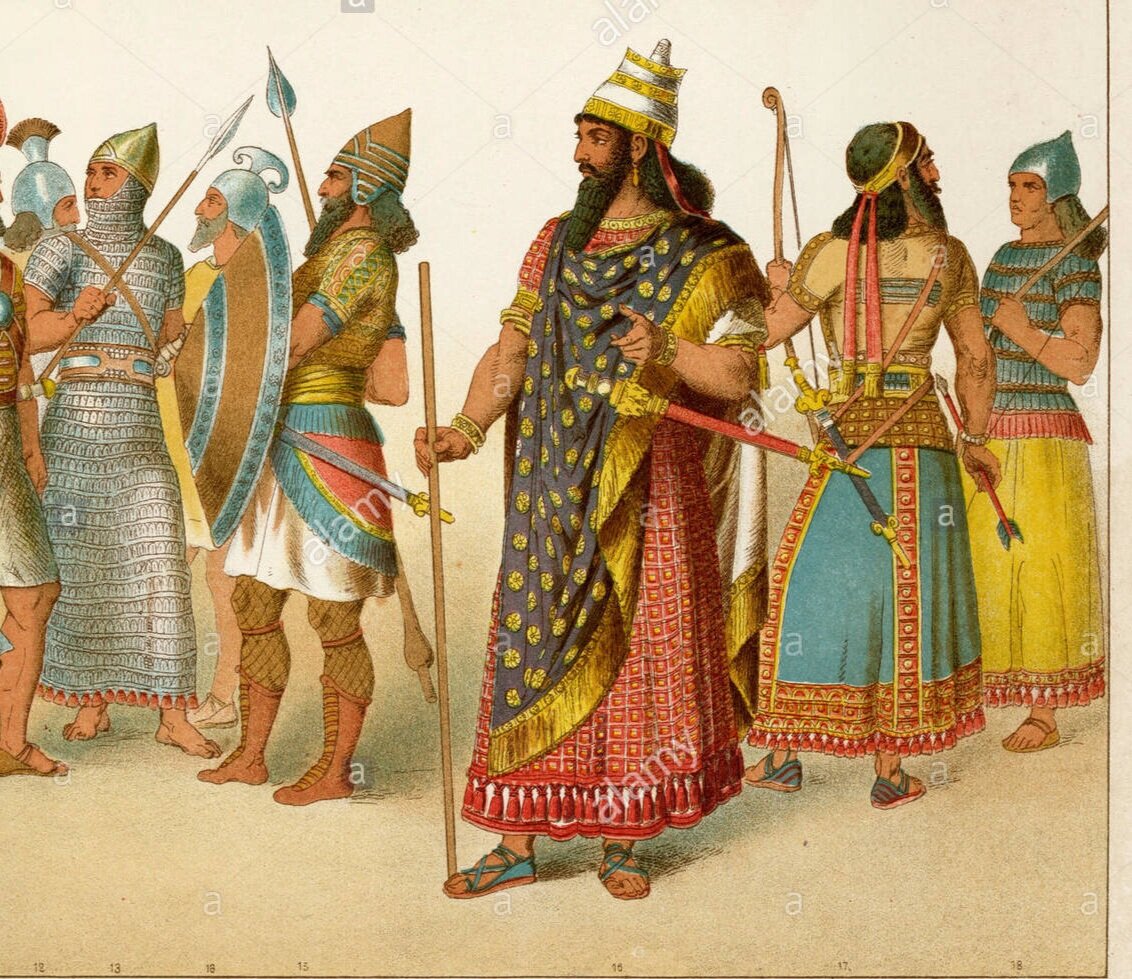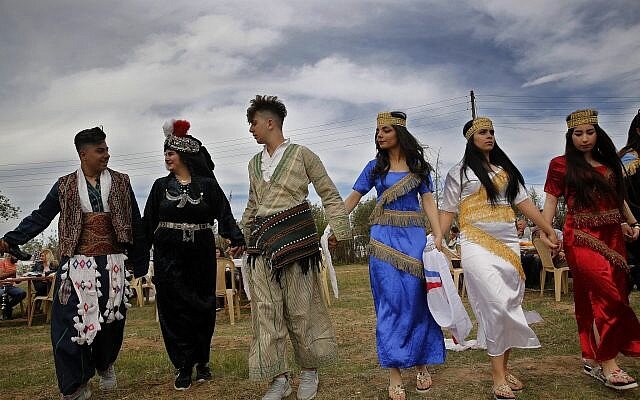Who Are The Assyrians?
A new dawn emerges in a land between the two mighty rivers known as the Euphrates and the Tigris. A people that unifies tribal communities from all over the land, and inspires a universal language, culture, and a new way of governing fairness and equality in the known world, these people are known as the Assyrians.
The Assyrians are the indigenous people of northern Iraq, northwestern Iran, southeastern Turkey, and eastern Syria. Today there are over 5 million Assyrians worldwide and they speak the Aramaic language, also known as Syriac. These peoples are also referred to as the Chaldeans, Aramaeans, and Syriacs. Modern Assyrians are the descendants of the ancient Assyrian and Babylonian empires, one of the earliest civilizations emerging in the Middle East, and have a history spanning over 6770 years.
Although this flourishing empire ends its reign in 612 B.C.E, history is filled with recorded details of the continuous presence of the Assyrians till the present time. During the ancient periods, their civilization was centered at the city of Assur (also called Ashur), the ruins of which are located in northern Iraq or more specifically present-day Mosul. Even after the horrors brought by ISIS, and destroying most of the Assyrian relics, you can still see the ruins of Nineveh and the Lamassu guarding the palace entrance.
The Assyrians contributed a great deal to helping usher the basis of civilizations, by inventing writing and literature, erecting the first organized library by King Ashurbanipal in Nineveh, developing paved roads, and creating the 360 degree circle, of which laid down the foundation of telling time. Establishing law and judicial systems with the Code of Hammurabi, helped facilitate many things such as instituting medicine, and pharmacology, and most importantly easing the spread of a universal language in the known world.
After the fall of the Assyrian empire in the sixth century B.C.E, the indigenous peoples were reduced to a small nation living at the mercy of their overlords. The Ottoman Turks being the powerhouse of the Middle East, had placed a target on these indigenous peoples back, due to their ethnic origin and their religious beliefs. This henious act had resulted in various massacres that culminated in the Assyrian Genocide of 1915, also known as Seyfo, an Aramaic word meaning ‘the year of the sword’. Shortly after Seyfo, the Iraqi government with the help of Kurdish tribes, massacred thousands of Assyrian children, women, and elders in the town of Simele and surrounding areas in northern Iraq. This came to be known as the historic Simele Massacre of 1933. The cycle of destruction never flees the heads of these ancient peoples, as the most recent attempt of ethnic cleansing and genocide, was at the hands of the Islamic State (ISIS) in 2014.
With all the historic and modern day tragedies inflicted onto the Assyrian communities, one of the most significant and heartwarming holidays that gives hope is the Assyrian New Year. This holiday also called Akitu or Kha b’Nissan (Assyrian Neo-Aramaic: ܚܕ ܒܢܝܣܢ, "First of April") originates in Mesopotamia and was celebrated throughout the empire. It marked the beginning of Spring where trees and flowers would begin to bloom. This was a sign of rebirth and renewal and a major theme in ancient Assyrian mythology. The Akitu festival was celebrated for twelve days, starting with the first day of the spring equinox (March 21st) and ending on April 1st ringing in the Assyrian New Year. In ancient Assyria, this festival was the most important event of the year. People from all over the Empire came to the capitals and participated in the celebration. Assyrians of today will be celebrating the year 6772.
As you begin to plan your Akitu celebrations this year, relish in the history that was coined “The Cradle of Civilization” and also acknowledge the resilience and tenacity of the Assyrian people, who, despite every effort to decimate them, planted their seeds and are flourishing to this day.







































